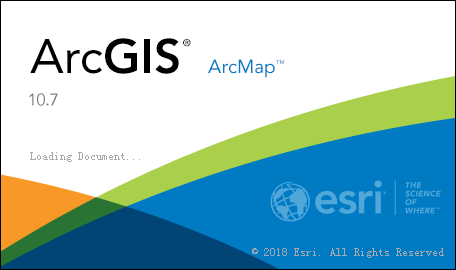Exploring Graph Theory: Understanding Network Connectivity
Title: Exploring Graph Theory: Understanding Network Connectivity
Introduction: Graph theory provides a powerful framework for analyzing complex networks and understanding their connectivity patterns. In this blog post, we will delve into the world of graph theory and its application to network connectivity, with a specific focus on transport networks and urban growth. Join us as we uncover the fundamentals of graph theory and explore its relevance in today's interconnected world.
The Basics of Graph Theory:
- Introduction to graphs, vertices, and edges
- Different types of graphs (e.g., directed, undirected, weighted)
- Common graph representation methods (e.g., adjacency matrix, adjacency list)
Analyzing Network Connectivity:
- Degree centrality and identifying key nodes in transport networks
- Betweenness centrality and the role of critical pathways
- Connectivity measures such as network density and clustering coefficient
Graph Theory in Transport Networks:
- Applying graph theory to analyze road, rail, and air transportation networks
- Identifying central hubs and critical links for efficient transportation
- Evaluating the impact of network disruptions on connectivity and resilience
Network Connectivity and Urban Growth:
- Understanding the relationship between network connectivity and urban development
- The role of transport networks in shaping urban growth patterns
- Using graph theory to optimize urban transport systems for sustainable growth
Conclusion: Graph theory offers valuable insights into network connectivity, providing a deeper understanding of transport networks and urban growth. By analyzing graphs and applying connectivity measures, we can optimize transportation systems, enhance efficiency, and facilitate sustainable urban development. The applications of graph theory in various domains continue to expand, and its role in shaping our interconnected world cannot be overstated.

Comments
Post a Comment